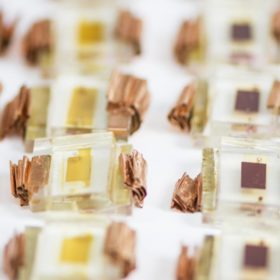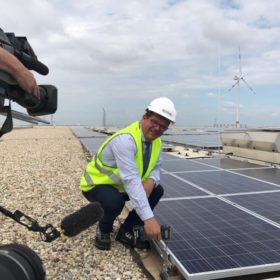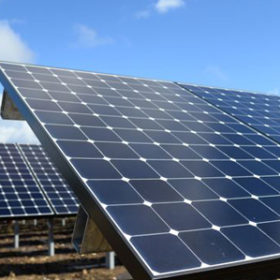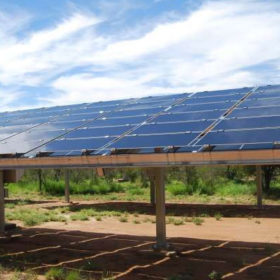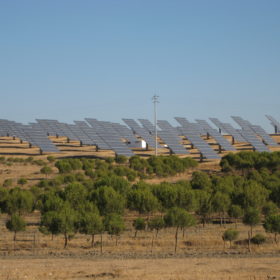Researchers in Finland develop improved aging test for perovskites
Scientists led by Aalto University in Finland have developed new ways to test perovskite and dye sensitized solar cells for aging, using fast, low threshold photography.
Copenhagen Infrastructure Partners raises €3.5 billion for renewables
The Danish investment firm will use the funds to finance wind, solar, biomass and geothermal projects across several markets. The final close of the fund exceeded its end goal by €500 million.
SolarWorld keeps shipping modules
Production is ongoing, despite the solar PV manufacturer’s recently announced insolvency proceedings. Starting this week, solar modules will be delivered to customers in France, Kuwait, Japan, Sri Lanka and Germany. SolarWorld is also seeking new investors.
Belgium: Flemish government to improve conditions for “direct lines” for renewables
Flanders’ Ministry of Energy intends to make it easier for renewable energy suppliers to sell power to a final customer through a direct connection. This is expected to encourage industrial customers and public entities to increase consumption from clean energy sources.
Bentley Motors to install UK’s largest solar car port
The 2.7 MW installation will be located at the luxury car maker’s factory headquarters in Crewe, England, and will meet 24% of the site’s electrical energy requirements.
Renewables set to lower UK’s summer demand for grid electricity, says National Grid
Rise in small scale solar contributing towards new trend of falling summertime peak transmission system demand on U.K. grid, says outlook report. Inflexibile gas and nuclear plants may be curtailed to make way for solar and wind.
Engie to use blockchain protocol to certify supply of green energy
The French energy giant will use blockchain technology to certify the green energy used in its manufacturing process in France by U.S.-based chemical company, Air Products. Through the software platform for digital assets, Engie hopes to transform its customer-supplier relationship.
Calyxo files for insolvency
The German thin film solar PV module maker was forced to start the proceedings after an order from a major customer was canceled.
Baywa r.e. secures PPA for its 170 MW solar project in Spain
The solar PV park will be constructed in the Spanish municipality of Alcalá de Guadaíra, in the southern region of Andalusia. The facility will sell power to Norway-based power provider, Statkraft.
Portuguese government sets up task-force to fast-track solar investments
The new entity will have to provide an analysis on the current processes for the approval of utility-scale solar PV projects, and propose new mechanisms for making more room for solar in the local congested grid.
